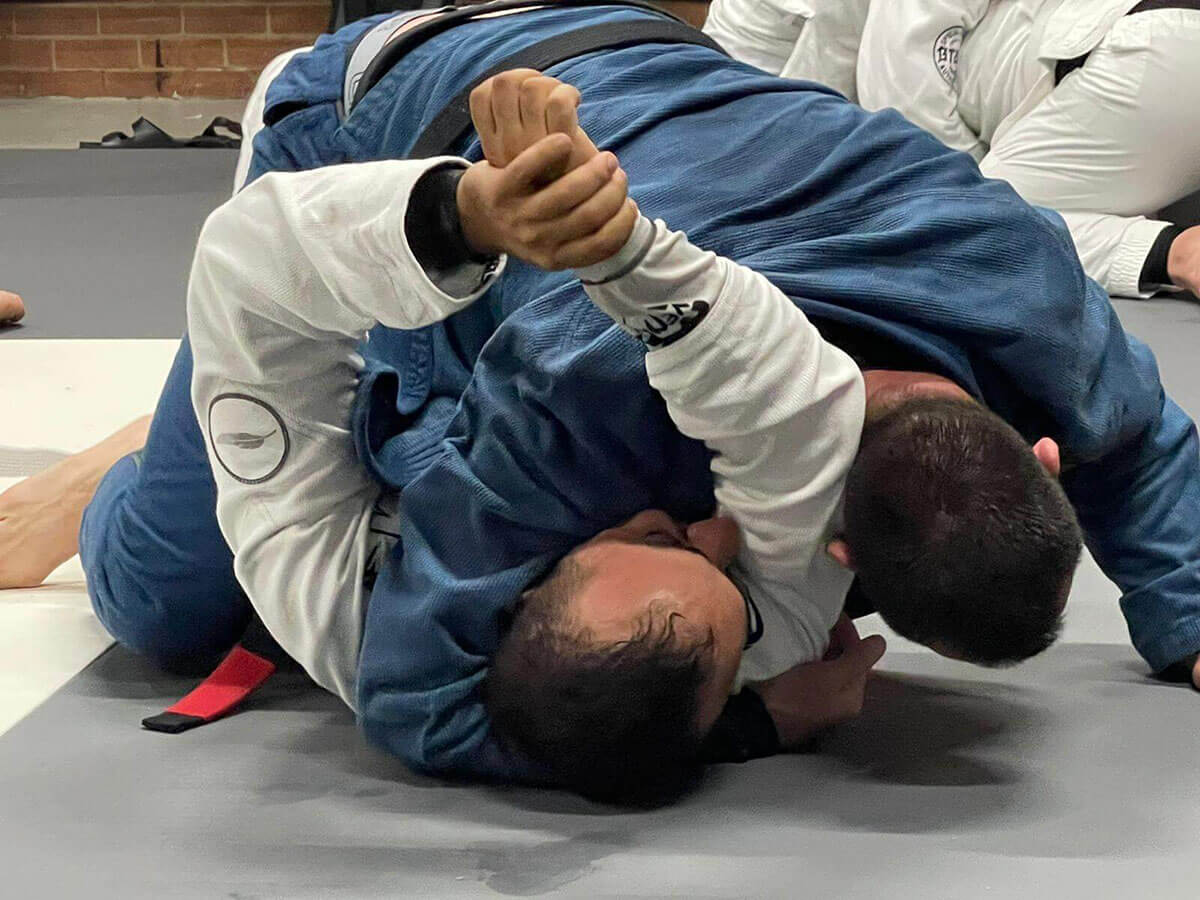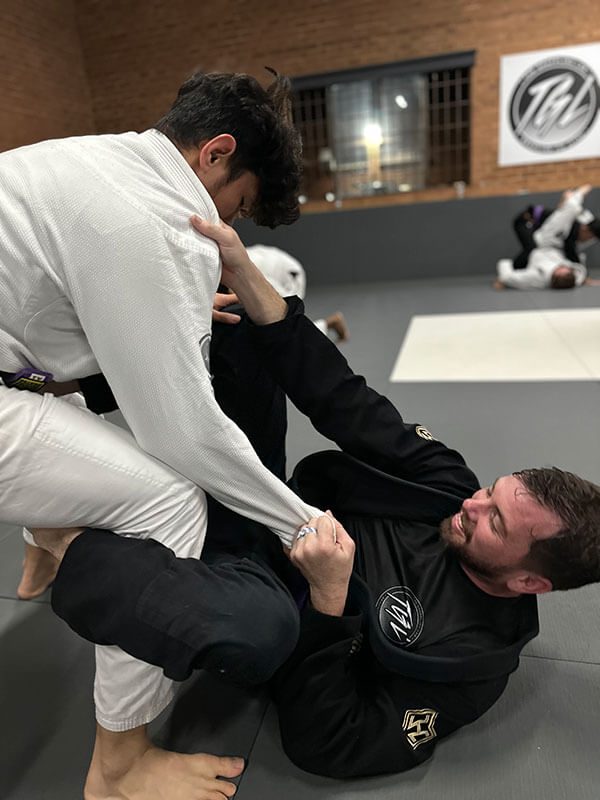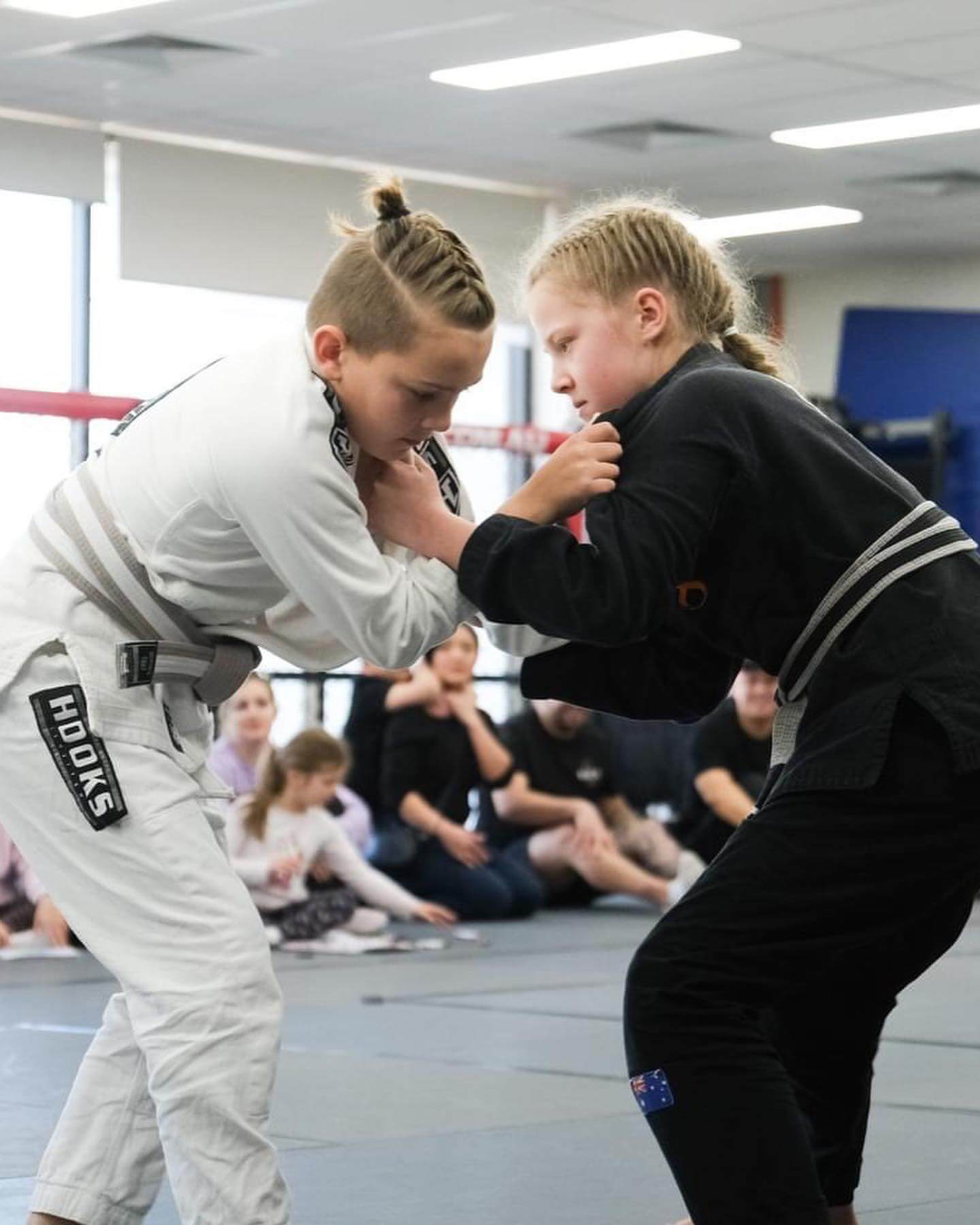Hey there martial arts fans! With so many different styles to choose from, it can be tough deciding which one is right for you. In this post, we’ll take a close look at Brazilian Jiu-Jitsu (BJJ) and how it stacks up against other popular martial arts like Karate, Muay Thai, Boxing, MMA, Taekwondo, Kung Fu, Judo and Kickboxing.
A quick intro to the most common martial arts
First, a quick overview of the main martial arts we’ll be comparing:
- Karate – A striking style focused on punching, kicking, knee/elbow strikes, and open-handed techniques. Known for quick, powerful movements.
- Muay Thai – A striking style from Thailand emphasising punches, kicks, knees, and elbows. Uses the entire body as a weapon.
- Boxing – A striking style using only the hands, with defensive movements like bobbing and weaving. Focuses on punches like jabs, crosses, hooks and uppercuts.
- MMA – A hybrid combat sport combining techniques from wrestling, BJJ, boxing, and other arts. No single style, but well-rounded.
- Taekwondo – A Korean striking style famed for its arsenal of kicks. Emphasises speed, power, flexibility.
- Kung Fu – A Chinese umbrella term for hundreds of individual styles. Varies widely, but often uses both striking and grappling.
- Judo – A Japanese grappling art focused on throws and takedowns. Aims to subdue opponents with force and momentum.
- Kickboxing – A striking system combining punches, kicks, and knee/elbow strikes from karate and Muay Thai.
- Brazilian Jiu-Jitsu – A grappling-based art focused on submissions and ground fighting. Uses leverage and technique to control opponents.
Now that we’ve got the basics down, let’s see how BJJ compares in some key categories.
BJJ vs Other Martial Arts for Self-Defence
One major advantage of BJJ is its practicality for real-world self-defence. The focus on submissions and ground fighting makes it very effective if an altercation goes to the ground.
Most untrained people’s instinct when threatened is to grab, tackle or punch. This often leads to a ground fight, where BJJ gives you the skills to control an opponent and end the confrontation quickly and safely with a submission.
By contrast, striking styles like karate and Muay Thai are not as useful once a fight hits the ground. The intricate punches, kicks and combinations they practise require space and distance to work. If taken down, a striker will have trouble defending themselves.
This isn’t to say striking arts can’t be adapted for the street. But out of the box, BJJ is more immediately applicable in close quarters or ground situations.
How Is Brazilian Jiu-Jitsu optimal for sport and self defence?
Beyond self-defence, Brazilian Jiu-Jitsu is one of the most effective martial arts for sport grappling and mixed martial arts (MMA) competitions.
The core BJJ techniques – takedowns, passing guard, submissions, sweeps and escapes – were all designed through constant pressure testing against fully resisting opponents. This makes them highly functional for grappling under real conditions.
Arts like karate and taekwondo rely heavily on forms, pre-arranged sequences and limited sparring. While these can be great for developing technique, they lack live testing against intense resistance.
The free-flowing sparring in BJJ class sharpens your skills and reactions under pressure, while minimising injury risk. The emphasis on leverage and technique means smaller practitioners can often dominate larger opponents.
This balance of practical technique and intense live training creates competent grapplers and fighters. BJJ is the cornerstone for many MMA champions and grappling competitors.
Why BJJ is the Best Martial Art for Self-Defence for Kids
Brazilian Jiu-Jitsu is also an excellent choice for teaching self-defence to children. Here are some key reasons why:
- Safety – BJJ emphasises control and submission over striking. Kids can practise full-force without concussions or injuries from strikes.
- Confidence – Grappling victory relies on proper technique, not size or strength. This gives smaller kids confidence they can defend themselves.
- Anti-Bullying – Kids learn to neutralise threats without throwing a single punch, reducing the risk of escalation while protecting themselves.
- Discipline – Like all martial arts, BJJ instils focus, self-control and respect for training partners.
- Ground Fighting – Most schoolyard scraps end up on the ground. BJJ gives kids the tools to handle these situations.
- Fun! – The emphasis on live sparring makes BJJ training engaging and fun for kids. Matches are like physical chess.
For well-rounded self defence that’s safe, confidence building and applicable for kids, BJJ is hard to beat.
Why BJJ is the Best Martial Art for Self-Defence for Adults
Brazilian Jiu-Jitsu is an excellent choice for adult self-defence for many of the same reasons it works so well for kids. Here are some key benefits for adults:
- Practicality – BJJ focuses on techniques that are proven to work against fully resisting opponents. No fluff or impractical moves.
- Minimal Injury – Unlike striking arts, BJJ allows you to spar and compete full force with minimal risk of concussions or brain trauma.
- Women’s Self Defence – BJJ is extremely effective for women to defend themselves against larger male attackers using leverage.
- 1 on 1 Focus – Most street attacks on adults are one on one. BJJ gives you the tools to neutralize a single attacker.
- Ground Fighting – If attacked, untrained people often tackle or pull opponents to the ground. BJJ trains exactly for this scenario.
- Fitness – BJJ provides an amazing full body workout while teaching practical self defence. Improved fitness can aid in escaping or de-escalating conflicts.
- De-escalation – Learning to control opponents without strikes fosters de-escalation and avoids further provoking drunk or angry attackers.
For all these reasons, BJJ is an excellent self-defence choice for adults looking for practical techniques in a safe training environment.
Addressing Common Misconceptions
Now let’s tackle some frequent myths and misconceptions people have about Brazilian Jiu-Jitsu:
Myth: BJJ is just a fancy name for wrestling
Reality: While it does involve takedowns and ground fighting, BJJ has a totally different focus on submissions and finishing holds. It’s much more technical and intricate than standard wrestling.
Myth: BJJ is too aggressive and dangerous
Reality: BJJ done properly emphasises control, not uncontrolled aggression. Serious injuries are very rare thanks to the focus on leverage and technique over strength.
Myth: BJJ is only for big muscular guys
Reality: Unlike strength-reliant arts, BJJ techniques work based on angles and proper application – not size or power. It’s extremely effective for smaller practitioners.
Myth: BJJ is ineffective against multiple opponents
Reality: While no martial art prepares you to fight multiple attackers, BJJ at least gives you skills to neutralise threats one-on-one if attacked. Striking arts don’t even provide that.
Myth: BJJ has no striking techniques
Reality: While not its central focus, BJJ does incorporate strikes both standing and on the ground to set up techniques. And it complements arts like Muay Thai and boxing nicely in MMA.
Conclusion
After breaking down how Brazilian Jiu-Jitsu compares to other martial arts, a few key advantages become clear:
- BJJ is arguably the most effective self-defence martial art due to its focus on submissions and ground fighting.
- It’s designed to be fully functional under pressure, making it excellent for competition.
- The emphasis on leverage makes it great for smaller practitioners.
- It’s safe and practical for kids to learn self-defence.
- And some common misconceptions simply don’t hold up under scrutiny.
Curious to experience these benefits yourself? The expert instructors at The Grappling Lab located in Prestons, Liverpool offer exceptional Brazilian Jiu-Jitsu training for all skill levels. Get started with a free trial class today!




